[The Philippines] Growing Demand for Hair Removal among Generation Z / Low-cost Hair Removal Salons Are Popular
- Release date: Nov 25, 2022
- 4100 Views
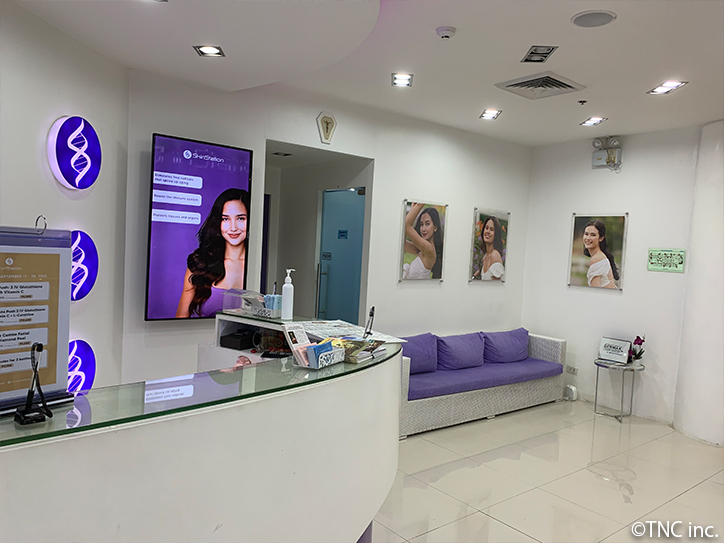
Many of them are located in major shopping malls.
Convenient hair removal salons are popular
Since around 2020, there has been a growing demand for hair removal among young Filipinos, and hair removal salons are increasingly seen in SNS advertisements such as Facebook and in shopping malls. The popularity of fashion that exposes the skin, such as legs, due to the influence of K-POP idols and Hollywood celebrities' fashion and the uploading of selfies on SNS, has increased interest in hair removal in order to make the skin look more beautiful.
"SkinStation", a popular hair removal salon in the Philippines, has introduced diode laser hair removal machines that are reputed to give beautiful skin, and sells multiple treatment packages. The system allows customers to make reservations to receive treatment at any of their stores, and since they are located in most major shopping malls, they are highly convenient for customers. The most popular menu item is armpit hair removal, which costs as low as 2,500 pesos (approximately 6,130 yen) for four sessions, or approximately 2,000 yen per session. Brazilian wax hair removal costs 6,500 pesos (about 15,940 yen) for four sessions. Laser hair removal at a hospital costs about 5,000 pesos (about 12,261 yen) per session, making it a relatively inexpensive hair removal service. In addition to "SkinStation," hair removal salons such as "Belo" are aggressively opening stores in shopping malls.
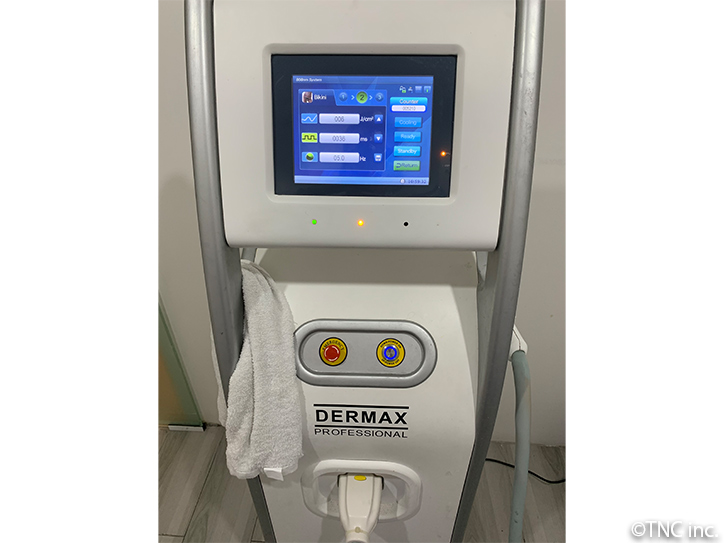
Changing attitudes toward hair removal, especially among younger generations
Many teenagers are using hair removal services, and parents are recommending it to their children.
The Philippines has a warm climate throughout the year, but until about 10 years ago, women had a strong negative image of exposing their legs. However, fashion trends in Korea, Europe, and the United States have changed attitudes, especially among the younger generation. According to interviews with several local Filipino women in their 40s and 50s, many Filipinos originally had thick body hair, especially on their eyebrows and arms, and many had been teased as "Unggoy" (monkey) in their childhood. Many parents, not wanting their children to feel uncomfortable, recommend that their children have their hair removed. According to SkinStation, teenagers are the most common age group to request hair removal, and approximately 50% of teenagers who have undergone hair removal have done so at the recommendation of their parents. The fact that not only the individual who wants to undergo hair removal but also their parents often recommend the procedure is behind the increase in demand for hair removal.
Translated with AI Translator
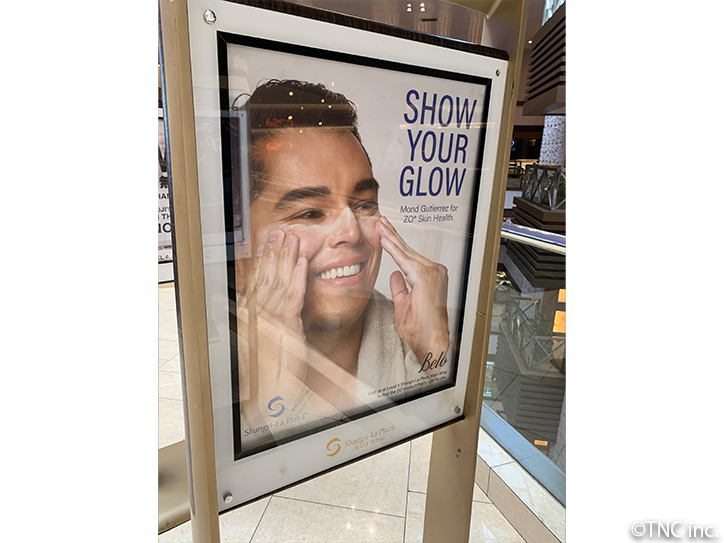
This article is co-authored by TNC Lifestyle Researcher (http://lifestyle.tenace.co.jp/) and Intage's Global Researcher.
-
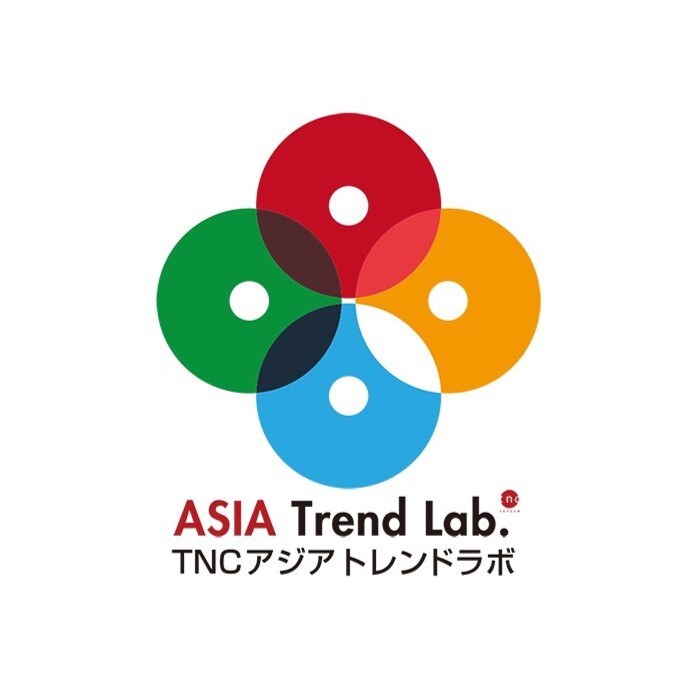
Author profile
TNC ASIA Trend Lab
TNC ASIA Trend Lab is an information organization run by TNC Inc. that researches and shares trends in Asia. It supports corporate marketing activities by finding insights from trends rooted in the lifestyles and habits of local consumers.
http://tnc-trend.jp/ -
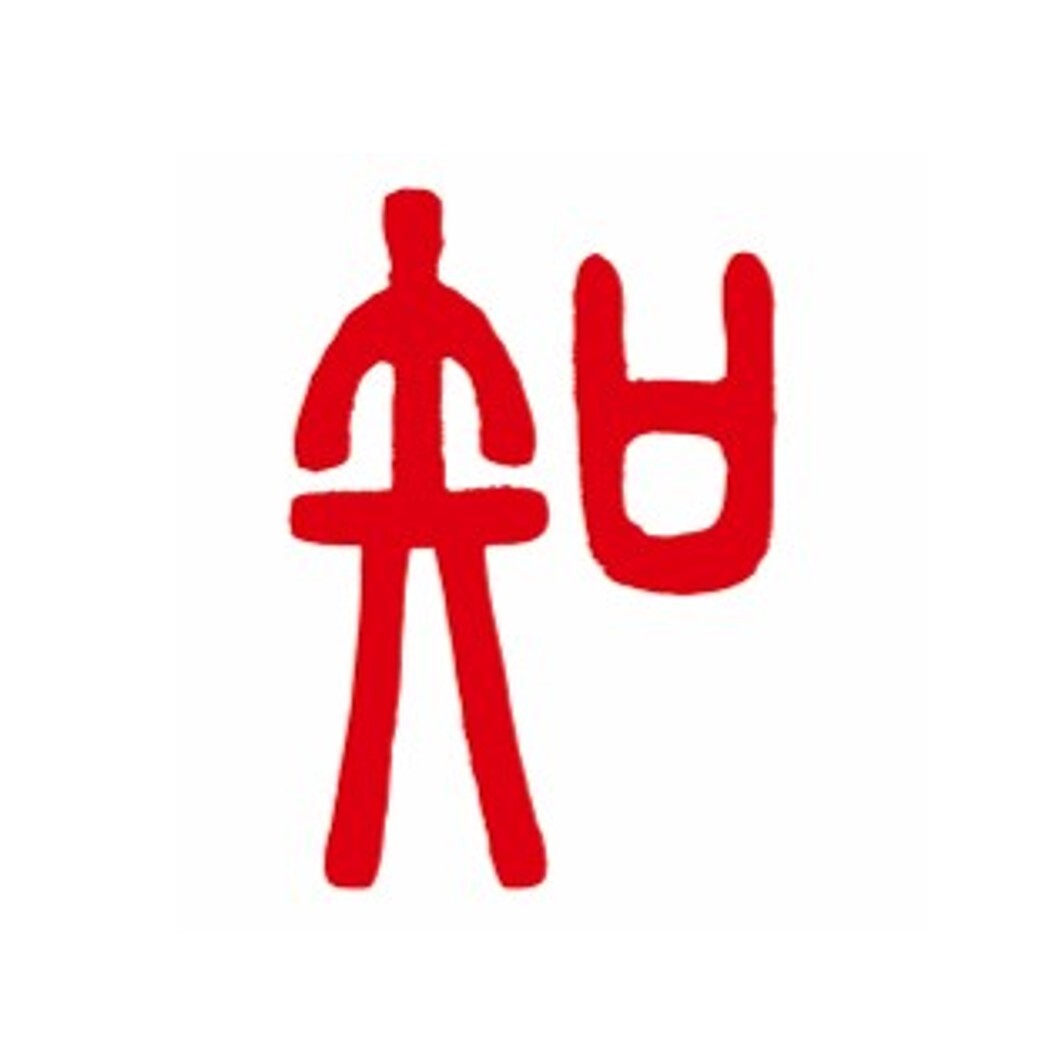
Editor profile
Intage Inc.
***
 Global Market Surfer
Global Market Surfer CLP
CLP